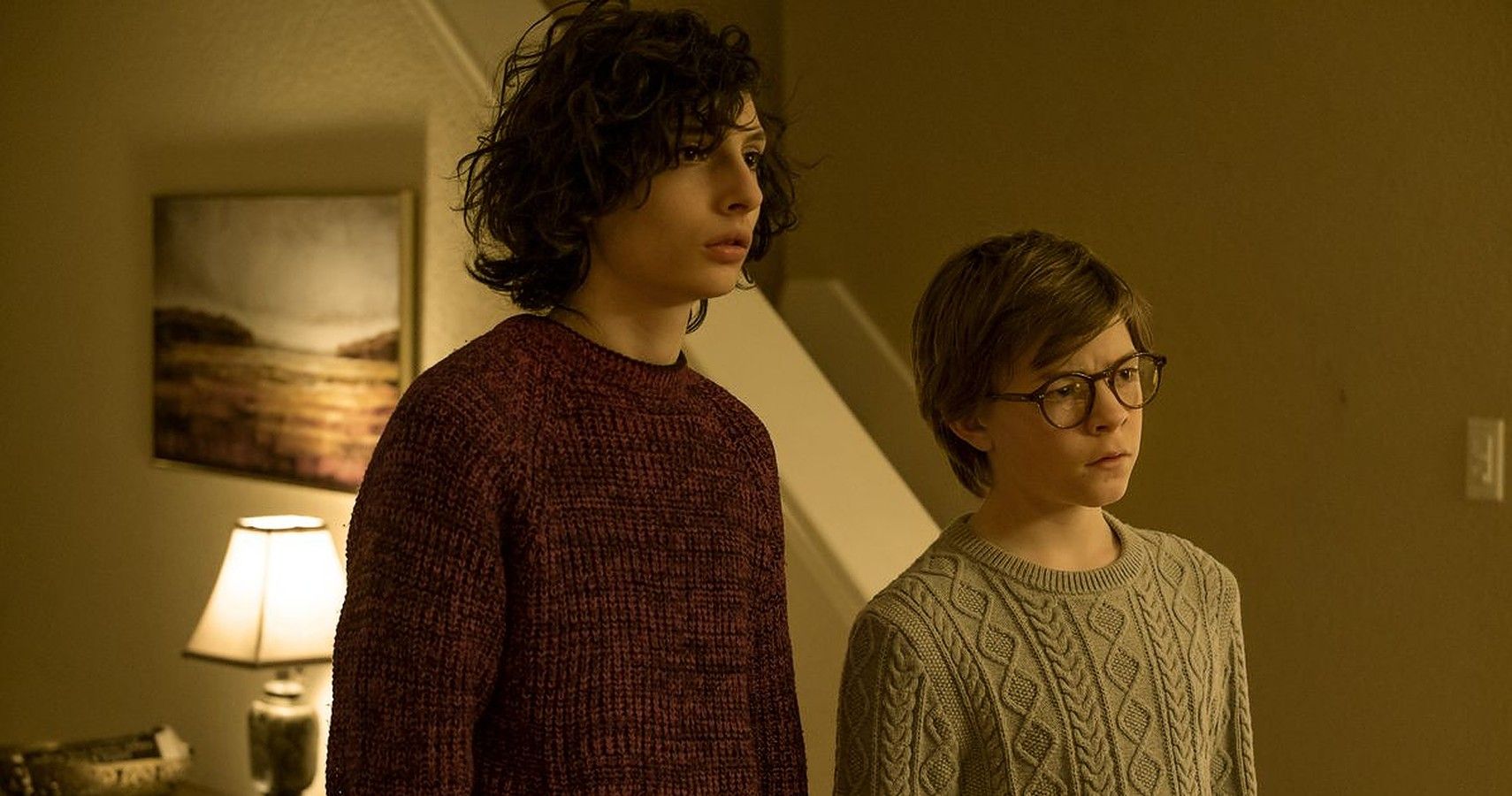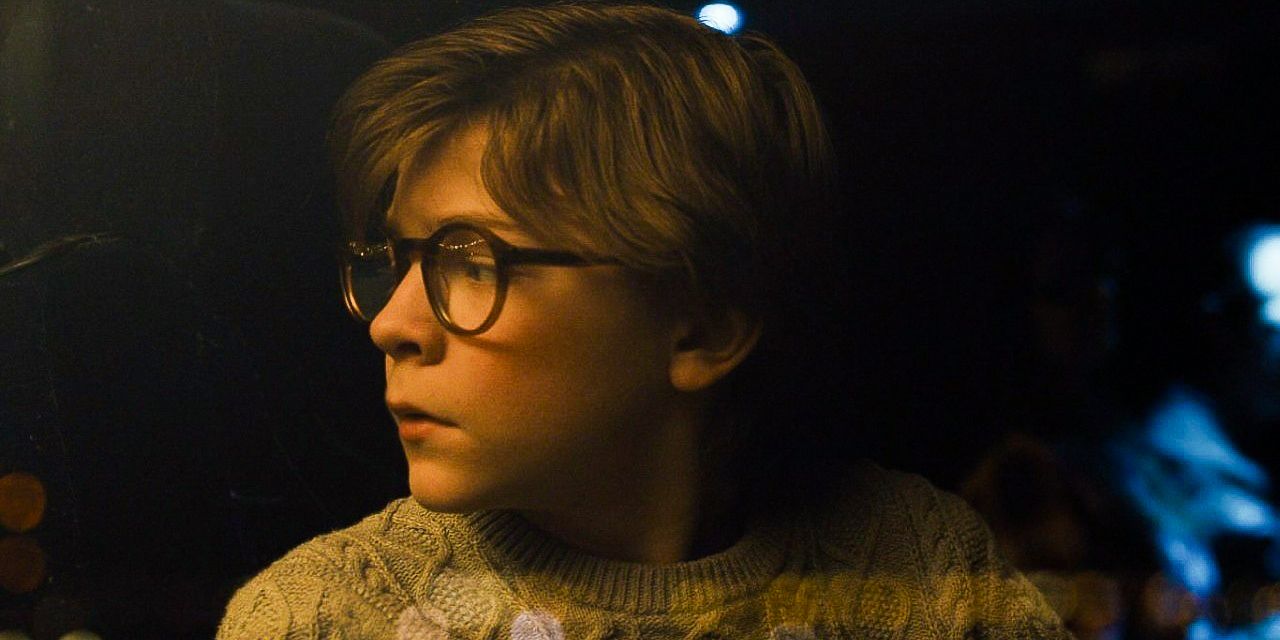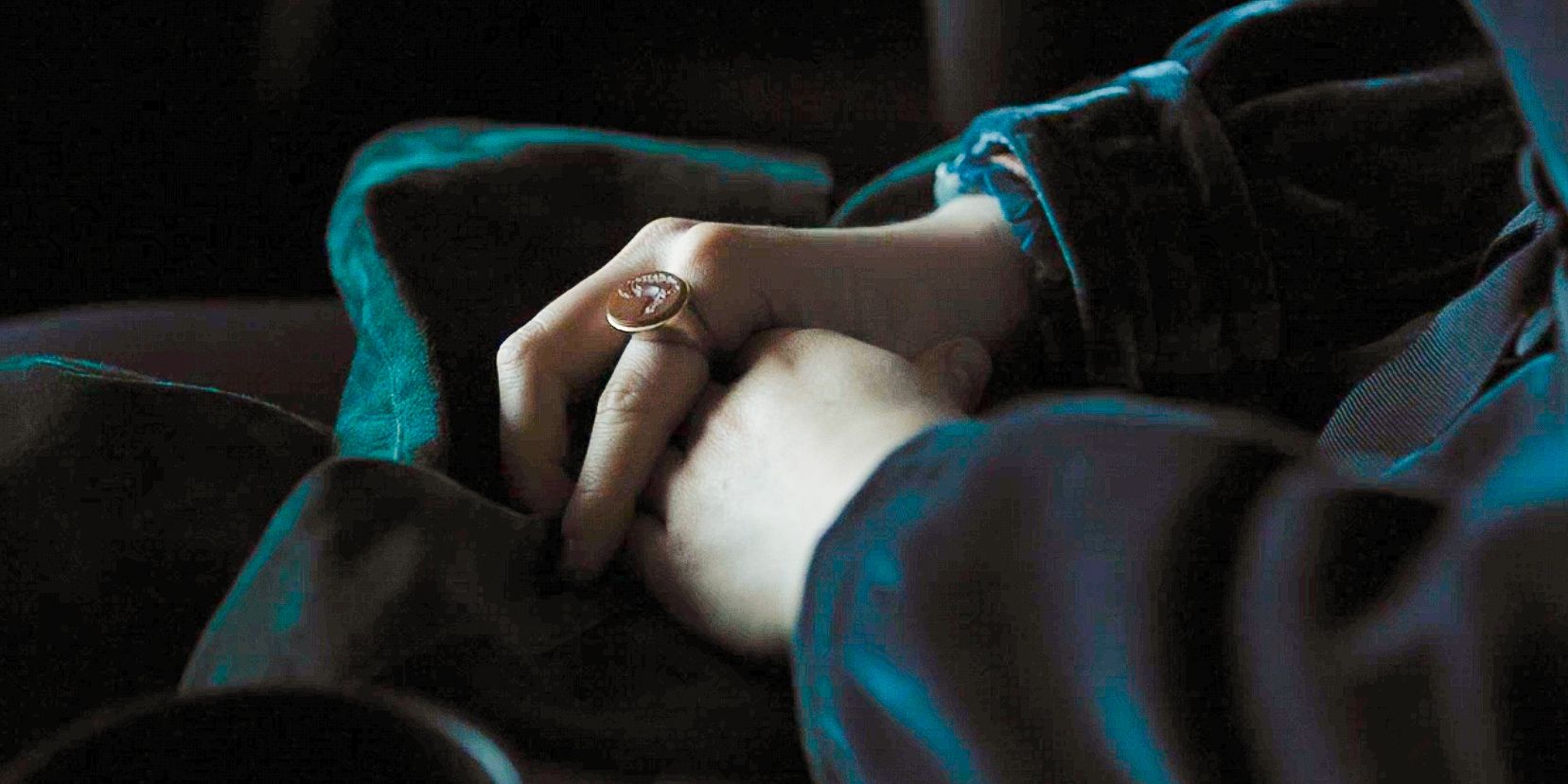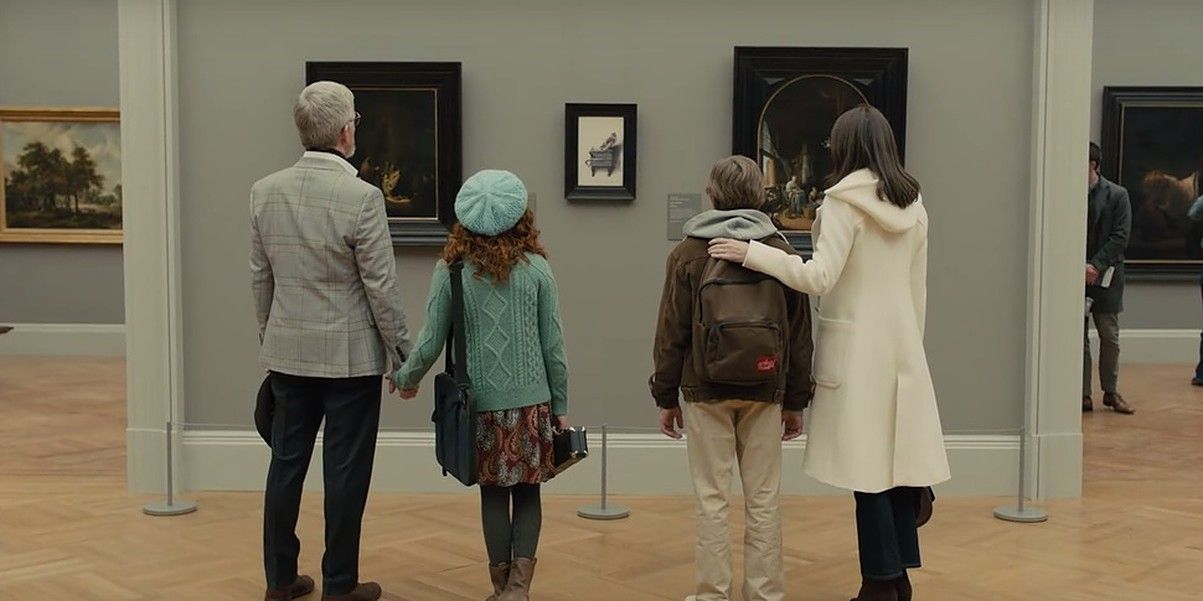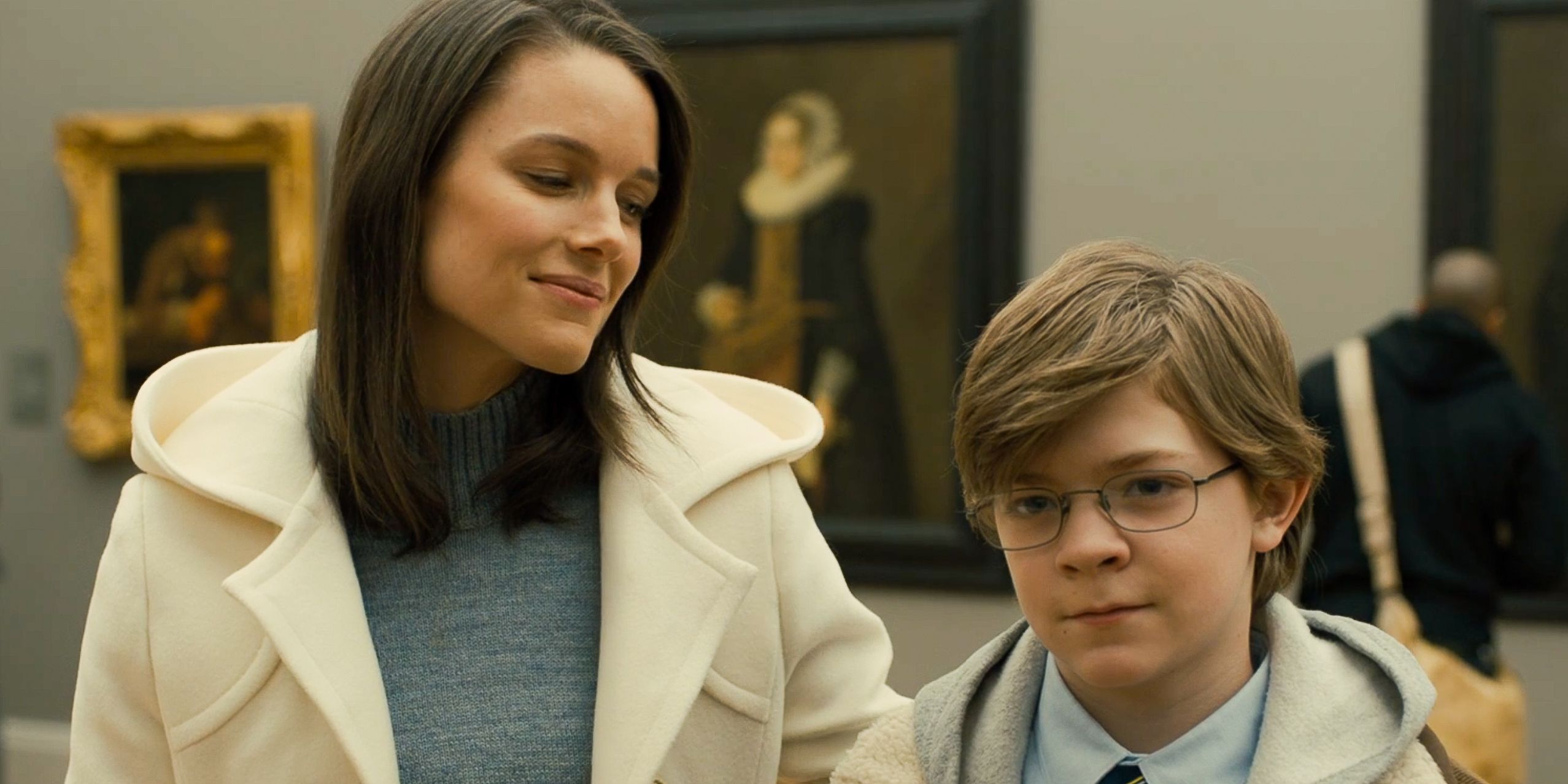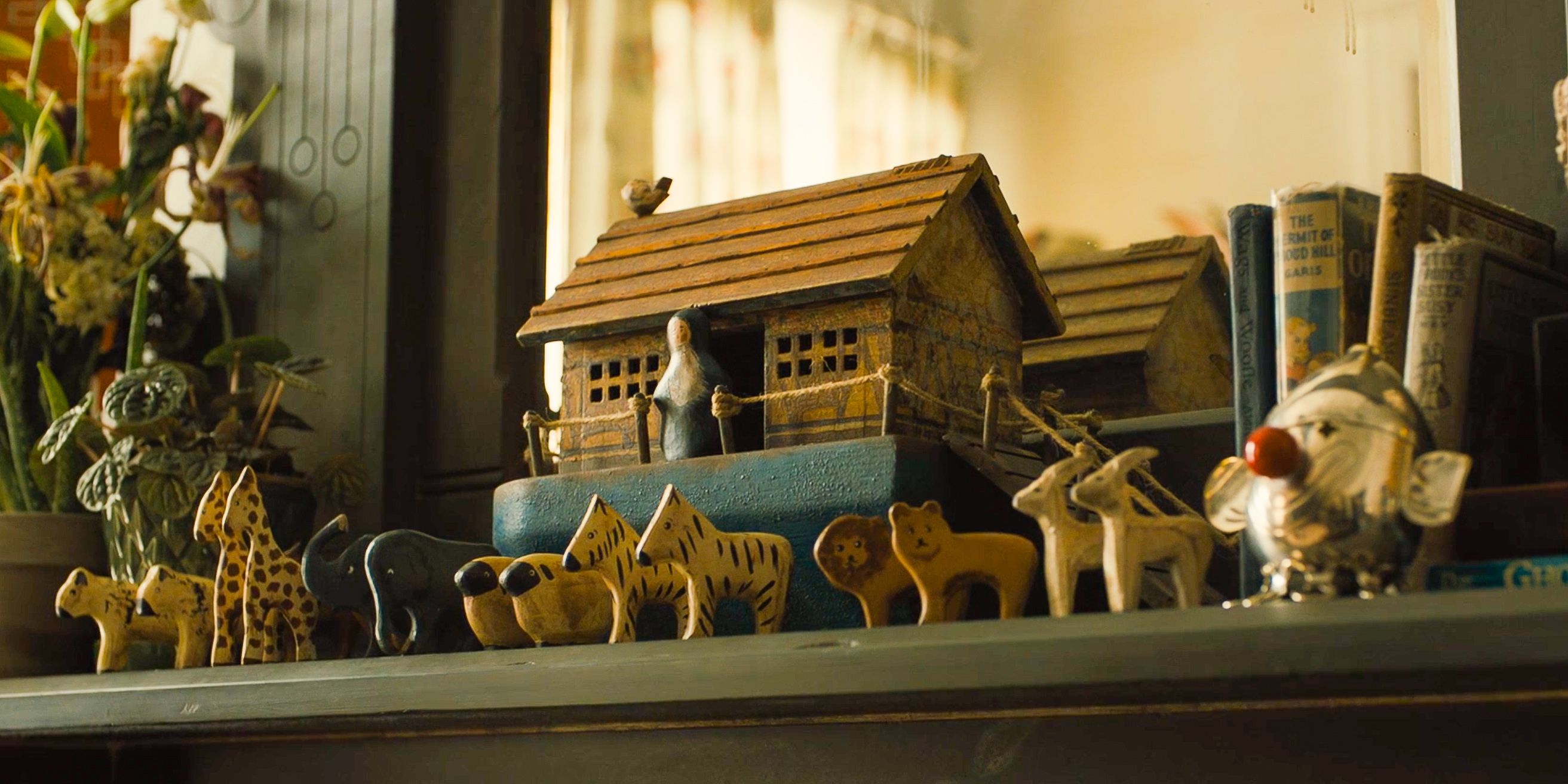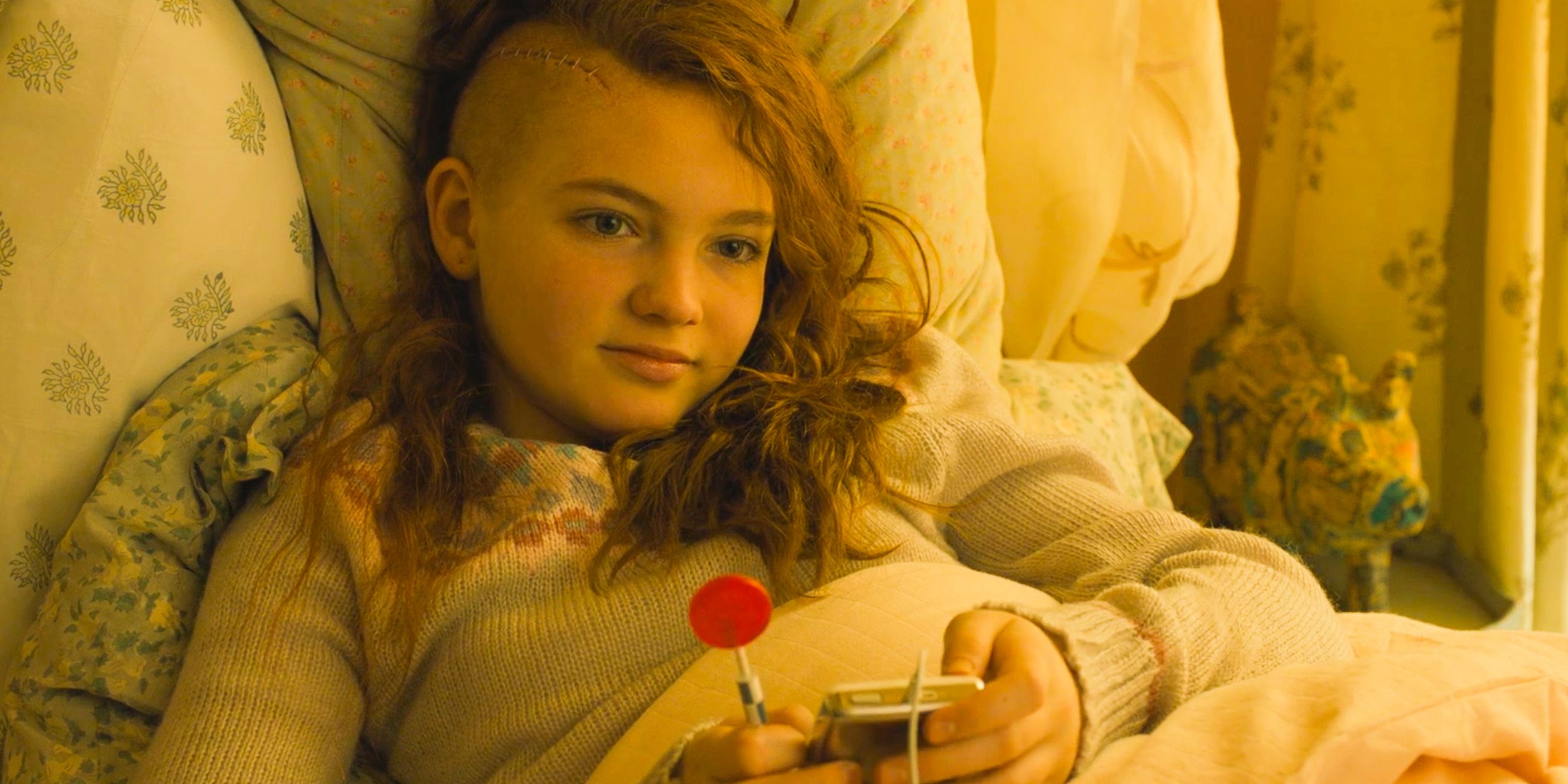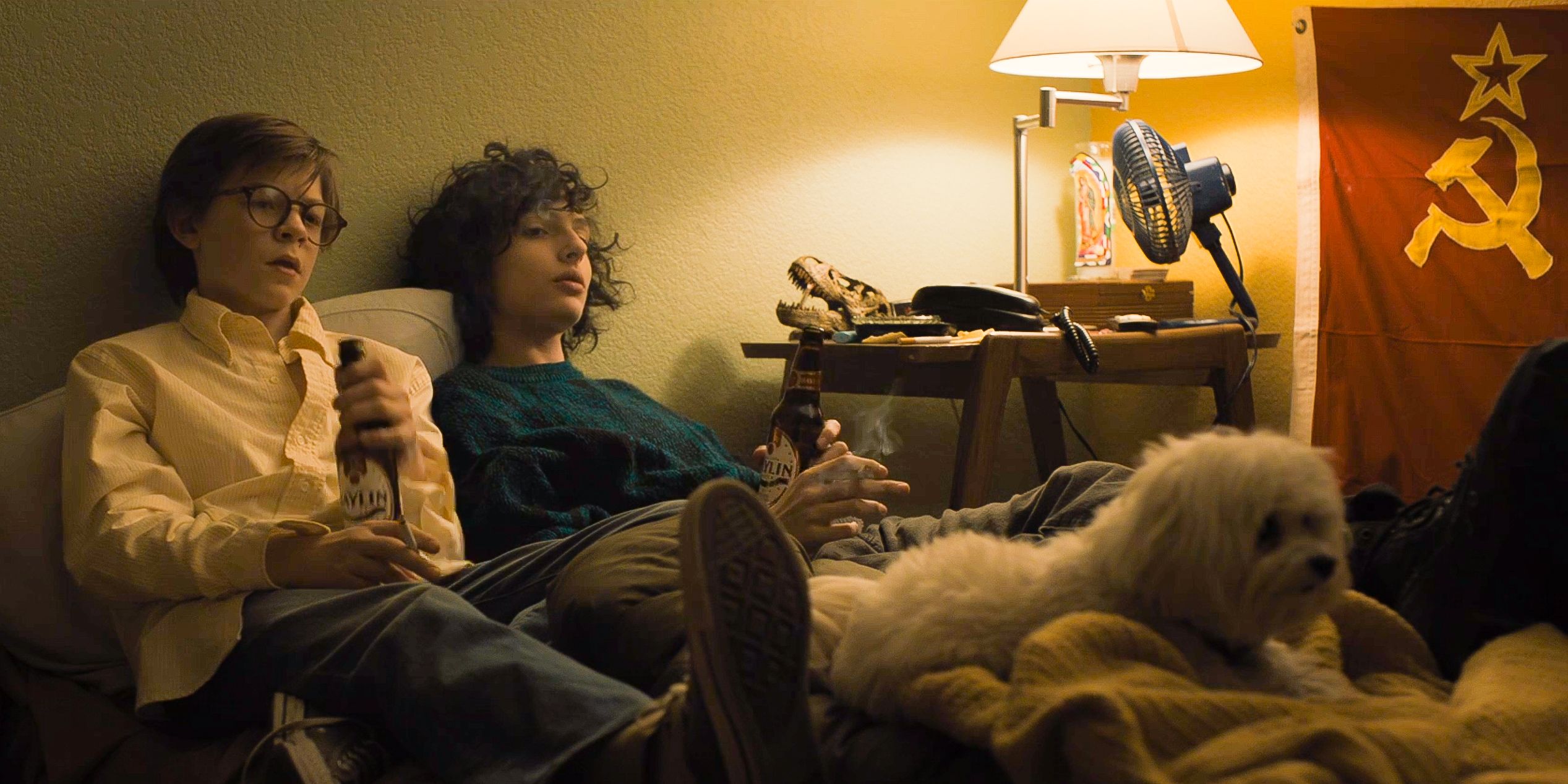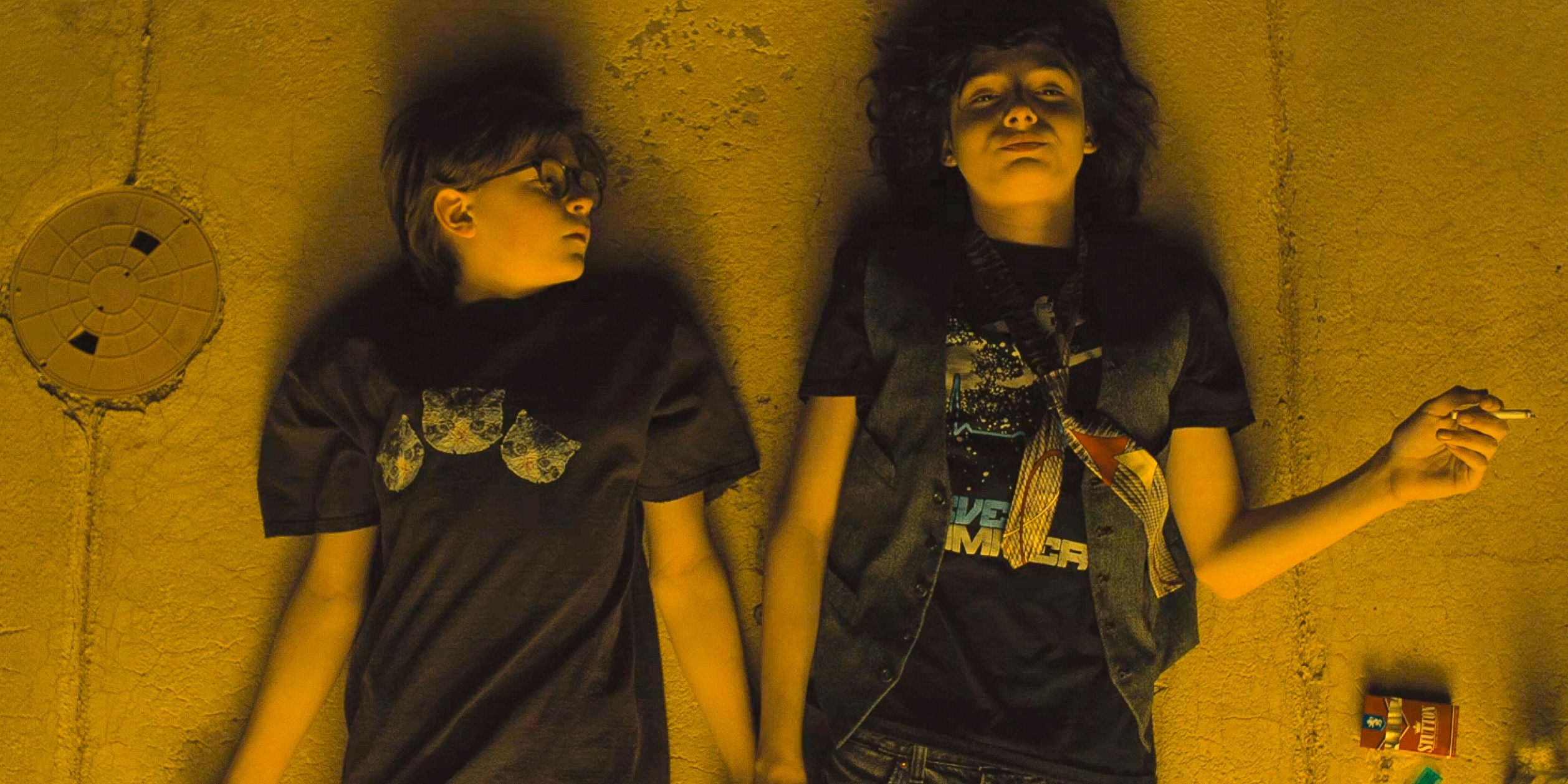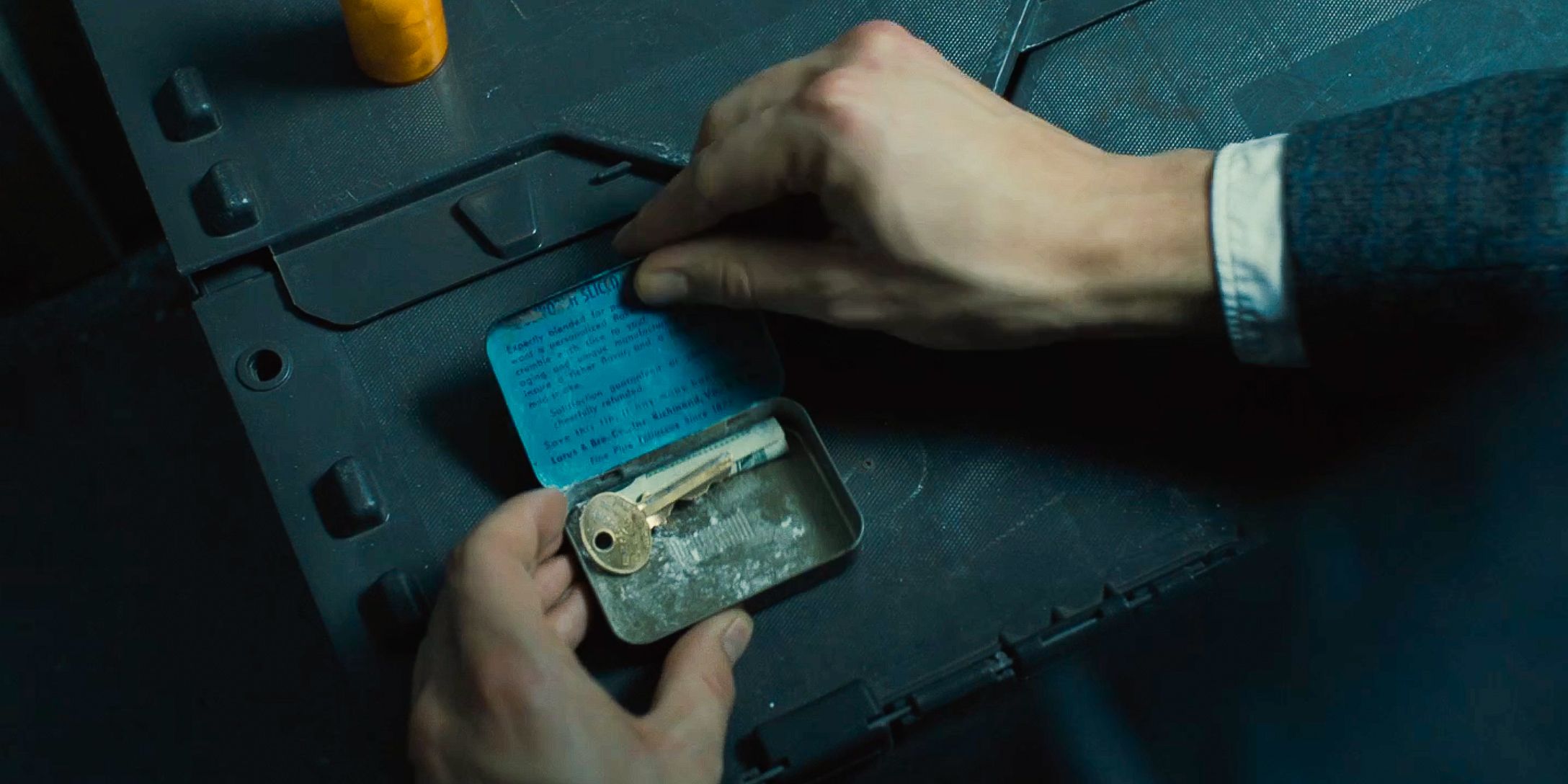John Crowley's The Goldfinch, adapted from the Pulitzer Prize-winning novel by Donna Tartt, debuted in September to devastatingly low box office numbers and a critical consensus bordering on calamitous. The film's premiere at the Toronto International Film Festival brought an avalanche of disparaging reviews, most often heralding the film as "lifeless" and "sloppy." Critics sank their teeth into the film's unconventional structuring, ultimately regarding it as one of WB's most notable disappointments.
The Goldfinch is not, however, without its devotees. Enthusiasts of the novel revere the film for its core function: performing a dazzling and gut-wrenching (if occasionally clumsy) cinematic symphony of Tartt's beguiling characters and rich prose. At 784 pages, the book is a behemoth of a story to adapt as a singular feature. Despite the sheer narrative enormity of the source material, the film remains fastidious in that no detail is inconsequential. Let's examine a few book details that viewers may have missed during the course of the film.
Theo's glasses
The most recognizable physical fixture of Theo's character are his glasses. They serve as the kindling for Theo's first interactions with Boris and become the origin of Boris's affectionate nickname for him ("Potter"). Theo's glasses undergo one notable change during the course of the story in both the film and the book: Mrs. Barbour selects a new pair for Theo.
The new frames replace those that Theo is seen wearing for the first act of the film: a wire-framed pair that survives with him through the museum gallery bombing that kills his mother. In the novel, Theo describes his new glasses as "round tortoiseshell, a little too grown-up and expensive-looking" (page 153). These new glasses become a token of the immense shift from Theo's previous life with his mother to his foreign new life amongst the trappings of high-society wealth.
Welty's ring
Welty's ring, once a talisman of Theo's entrenched connection to both Welty himself and to Pippa by extension, is a major landmark in Theo's journey. This ring, a sigil of Welty's familial relation, is the singular object that Welty passes to Theo as he dies. It guides Theo to Welty's and Hobie's shop, as well as to Pippa, at once becoming a sigil of Theo's found familial kinship as well as an artifact of that momentous day in the museum.
The ring makes its reappearance later in the novel and the film: on Pippa's finger during a pivotal scene with Theo. In the novel, Theo notes, "the shape of her hands moved me intensely, Welty's signet on her forefinger, I could stare at her hands the way I could never stare at her face..." (page 611). The film duplicates this scene identically, with Theo noting the ring on Pippa's finger as the two of them discuss the enduring presence of the bombing in their lives.
Pippa's first remarks about The Goldfinch painting
In the novel, the first words that Theo hears Pippa speak aloud are in the museum, when they are both examining The Goldfinch painting mere minutes before the explosion. Pippa remarks, "it had to live its whole life like that?" (page 28) referring to the titular bird being chained to its perch.
Because the events of the film are presented out of order, this line comes at the very end of the film. Pippa remarks, "it had to live its whole life like that? Trapped?" This line operates as foreshadowing of both Pippa's and Theo's futures: suffused with grief, punctuated by post-traumatic stress disorder, and seized in a stasis of arrested development.
Audrey Decker's white coat
Profoundly grief-stricken, Theo labors miserably over both memories and dreams of his mother. He recounts tedious details involving her clothing, particularly what she wore the day of the explosion. "Normally I didn't pay much attention to her clothes, but what she had on that morning (white trenchcoat, filmy pink scarf, black and white two-tone loafers) is so firmly burned into my memory that now it's difficult for me to remember her any other way" (page 10).
In the film, Theo's mother materializes in his blurred memories and dreams in the same white trenchcoat as in the novel. This detail is not only notable for its minuteness; the color white is itself indicative of light, goodness, and perfection-all qualities that Theo recalls in his mother.
Hobie's Noah's Ark figurines
Upon Theo's first visit to Hobie's shop and house, he spies a Noah's Ark figurine set on a kitchen shelf. "'My Noah's Ark.' He nodded at the shelf. 'You were looking at it over there, I thought'" (page 140). The sight of the figurines reminds Theo of Pippa and prompts him to inquire about her, a scene that is mirrored almost identically in the film.
The Ark is itself a symbol of Theo's own voyage. Just as the ark functions as a refuge from the devastation of a biblical flood, Hobie and his shop become, for Theo, a sanctuary from the depths of his own melancholy.
The morphine lollipop
For Theo and Pippa, shared trauma acts simultaneously as the provenance and the kryptonite of their bond. The echo of this trauma is present in every interaction they share, including their first visits during Pippa's recovery from her bombing-induced injuries. "She smiled sleepily, and reached for a pointed, unappetizing-looking lollipop that lay atop a foil wrapper on her nightstand...with the peculiar flavor of what I now believe to have been a morphine lollipop" (pages 158-159).
This scene is duplicated in the film, with Pippa offering Theo a taste of the morphine lollipop. Just as the sharing of this opiate-infused candy embodies the very backbone of their relationship, it also foreshadows Theo's dizzying early adulthood dependency on the very same narcotic.
The hammer-and-sickle flag
Boris Pavlikovsky volleys unexpectedly into Theo's life as the poster child for juvenile delinquency. Theo details Boris's bedroom in the novel, stating "a red hammer-and-sickle flag hung over the batik-draped mattress. It was as if a Russian cosmonaut had crashed in the jungle and fashioned himself a shelter of his nation's flag and whatever native sarongs and textiles he could find" (page 242).
In the film, the red hammer-and-sickle flag can be seen hanging on the wall while Theo and Boris lay shoulder-to-shoulder in Boris's bed, sharing cigarettes and beer. As a pair of neglected teenagers from profoundly turbulent homes, Theo and Boris crash-landed and fashioned shelters out of one another.
Boris's veneers
Upon Boris and Theo's reunion as young adults, Theo takes note of each of the ways Boris's physical appearance has changed, down to his teeth. "His tiny grey snaggleteeth, I saw, had been replaced by a standard-issue row of all-American whites. He saw me looking, flicked a showy incisor with his thumbnail. 'New snaps.' 'I noticed'" (page 532).
Though not directly noted in the film, the adult Boris sports a visible mouthful of veneers. Similar to Theo's bespoke suits and opiate-glassed detachment, the veneers are a symbol of concealment - a veil of obscurity worn by both of them and immediately recognized in one another.
The kitten T-shirt
The very marrow of The Goldfinch is the relationship between Theo and Boris. Their adolescences intersect as they both find themselves identically motherless and isolated in the Nevada desert with absentee alcoholic fathers. It is no acute wonder that they become inseparable, sharing money, meals, and even clothing. "My head hurt. Boris's clothes (my clothes, actually) tumbled in the dryer" (page 280).
This detail is noticeable in the film, as the very same kitten T-shirt that Boris sports, while they shoplift from a supermarket, is seen later on Theo while the two of them share an inebriated Thanksgiving holiday together.
Theo's tobacco tin
Perhaps the most colossal side-effect of Theo's post-traumatic stress is his addiction. Developed as a medium for channeling his taxing swings of debilitating anxiety and depression, Theo keeps a steady supply of his "'opes' as Jerome called them...in an old tobacco tin" (page 464). This small tobacco tin can be glimpsed in the movie during several scenes of adult Theo's opiate use.
Though the tobacco tin used in the film is unremarkable, the one Theo employs in the novel is described as a Redbreast Flake tin. Famously decorated with an image of a robin, the Redbreast Flake tin acts as a second bird-emblazoned vehicle for Theo's catharsis next to The Goldfinch painting itself.

